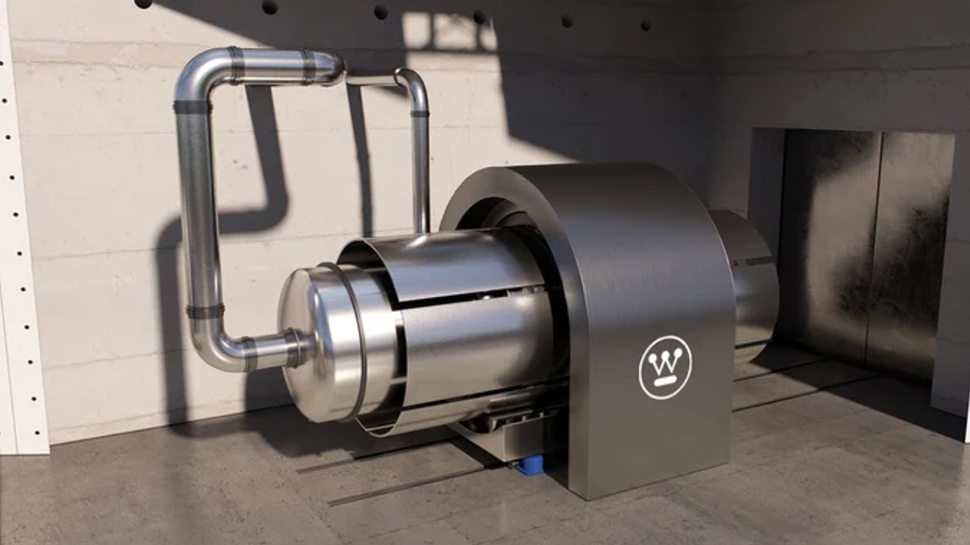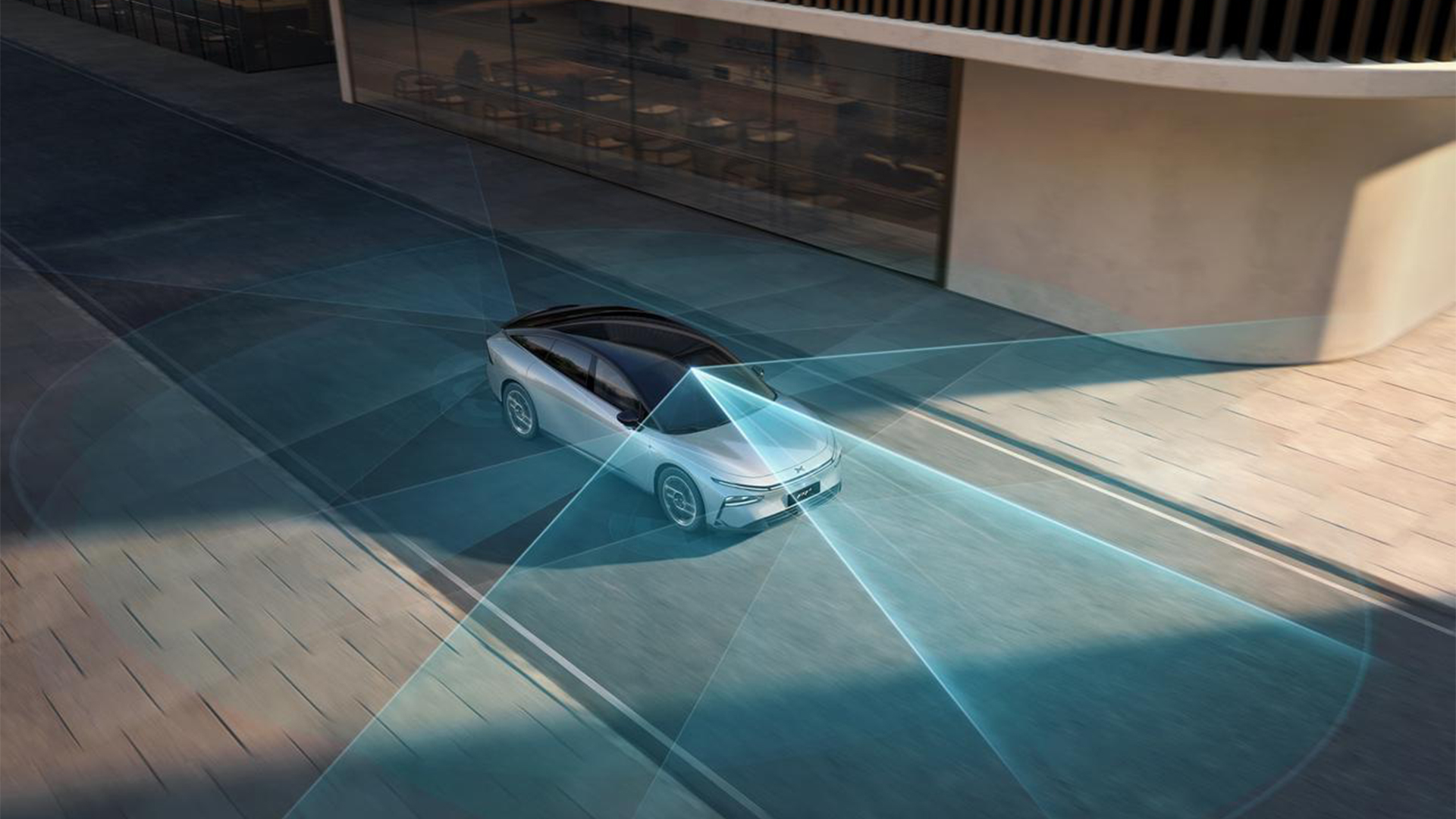Much of the energy usage of telcos across the UK comes through powering their networks. Legacy technologies tend to be particularly energy-inefficient, which is a contributing factor behind decisions to retire what is no longer needed – following the example of retiring 3G, which consumes a substantial amount of power while only carrying a low percentage of traffic.
The 3G switch-off – completed already by EE and planned by other operators for this year and next – leaves the modern telecoms network based on Fibre to the Premises (FTTP), 4G/5G and IP technologies. The future focus of telecoms energy consumption will be to ensure these networks are energy-efficient and scalable to future demand, while reducing overall consumption.
While these technologies are far more energy efficient than their legacy predecessors, massive growth in data consumption is countering the great strides that have been made in improving network energy efficiency from a Joules per Bit perspective. Looking at BT Group’s network, for example, over the last decade there has been a more than tenfold reduction in energy usage per bit, but this has been offset by traffic growth of greater rates.
A second and related challenge comes with how telcos have to build their networks to cater for both regular daily traffic peaks and troughs and irregular data consumption peaks, driven by the likes of live sports streaming. Traffic growth across over the network is generally predictable and, though consistently rising, is doing so gradually. But in order to ensure good customer experience during peak events with sufficient resilient capacity to provide for protection in the face of network failures, the network must be sized to significantly exceed these extreme but irregular peaks. What’s more, the deployment of this new capacity – in cases where significant peaks are anticipated – takes place several months in advance of the forecast demand and, being fully commissioned from install, is therefore operating at close to peak power from that moment.
Dynamic power consumption
However, if telcos can find ways to dynamically match network power consumption to active traffic load, this would present a significant opportunity to improve efficiency by moving away from the typically constant power consumption of many of today’s networks.
Achieving this will involve all layers of the network working in cooperation – software, hardware and automation – with the goal of provisioning a network which has a minimum level of power draw with consumption above this varying dynamically based on usage. Ideally such a network would meet exceptional demand with surge capacity which is only consuming power during irregular events. Furthermore, all capacity which is deployed but not yet needed would be held in low power mode until required.
There are two dimensions in which power saving capabilities might be developed to achieve this. Firstly, by varying power with traffic usage within individual active resources – for example, a CPU may have a fixed minimum power consumption and a variable consumption dependent on dynamic traffic load. Secondly, by varying the number of active resources on a granular basis – for example, by introducing the ability to disable the likes of ports, processors and transmission links based on demand levels. This may be driven by a simple policy to disable capacity which has been installed but is not yet needed, or by a more complex time-of-day or load-related control.
The benefit of today’s networks is that they are cloud-based and software-defined at their core, which delivers a number of capabilities – not least speed of delivery and scalability as more and more network functions are moved to the cloud – but we should also remember the challenge and potential this brings from a sustainability perspective. Software platforms offer the most opportunity for rapid innovation and, while they are arguably the least efficient part of the network in terms of power consumed per unit of capacity processed today, they bring major scope for rapid improvements in dynamic power consumption.
But the principle can be applied to all areas of the network – by no means is it limited to core software platforms. Core routing platforms, the Radio and Fixed Access Networks, Optical platforms – there’s opportunity to research and work with partners to deliver demand-based energy efficiencies across all of these areas.
Radio Access Network
Let’s look at the Radio Access Network (RAN) as another example, a major contributor to any operator’s energy usage given the vast number of sites required to deliver nationwide mobile connectivity. Here, significant progress has already been made through cutting-edge technologies developed by equipment manufacturers. The latest Massive MIMO technology, for example, deployed to improve 5G network performance, can deliver up to a 40% reduction in energy consumption compared to previous generations, and is already widely deployed by operators like BT Group.
Power-saving modes which are designed to reduce power consumption during periods of reduced demand, typically at night are also already widely implemented. During these periods, RAN equipment disables specific radio carriers or cells, effectively reducing network capacity. This reduction does not impact connectivity for customers as mobile devices automatically select the remaining carriers for connection hence ensuring uninterrupted service for end users.
Additionally, collaborations with technology providers are already resulting in development of advanced equipment and software features which offer more extreme power savings, such as ability to put components into ‘deep sleep’ mode to save up to 70% of power per radio during low-traffic hours.
Opportunity with collaboration
As the demand for connectivity increases exponentially, ensuring networks are energy efficient becomes ever more vital to UK telcos. There are a number of ways to achieve this, from the ongoing switch-off of legacy technologies to the introduction of innovative new methods such as liquid cooling solutions. But as explained, there is considerable opportunity to improve on the static power consumption of today’s networks and for future networks to offer variable power consumption driven by the number of active customers and level of active traffic.
Achieving increasingly greater energy efficiency and maturity in these measures will require collaboration across operators and telecommunication vendors. The prize of a more energy-efficient network makes this a worthwhile investment for all.
We’ve featured the best green web hosting.
This article was produced as part of TechRadarPro’s Expert Insights channel where we feature the best and brightest minds in the technology industry today. The views expressed here are those of the author and are not necessarily those of TechRadarPro or Future plc. If you are interested in contributing find out more here: https://www.techradar.com/news/submit-your-story-to-techradar-pro



